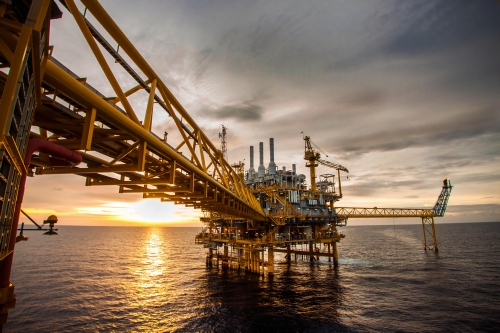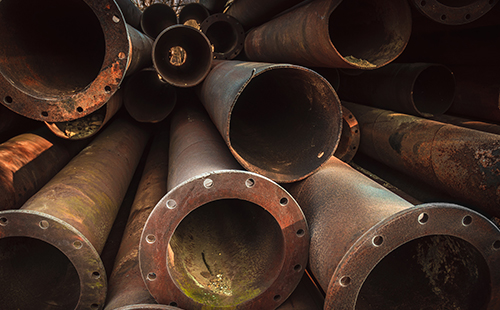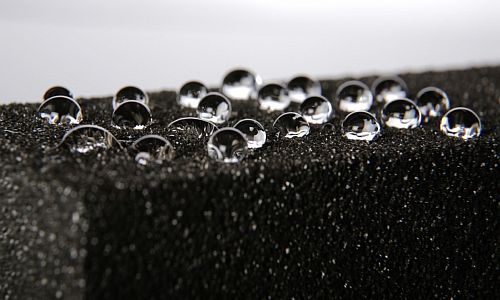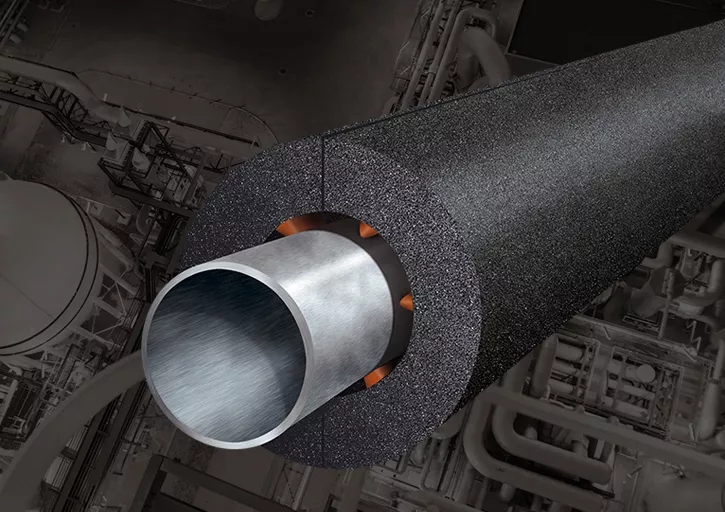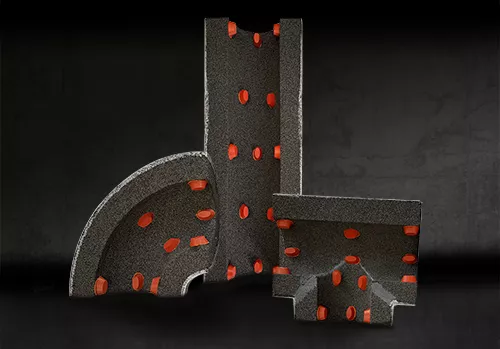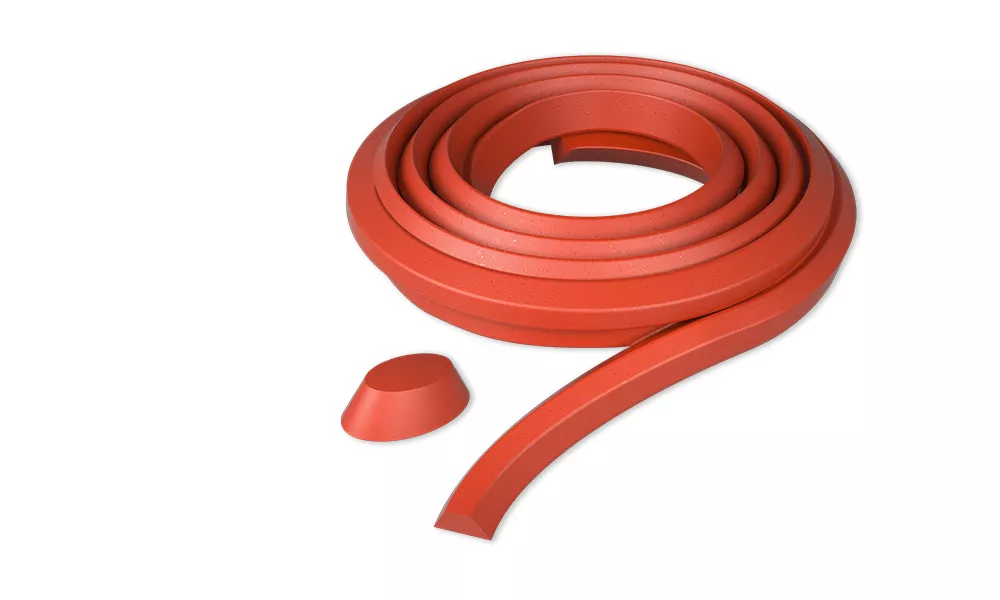Controlling CUI with a spacer system
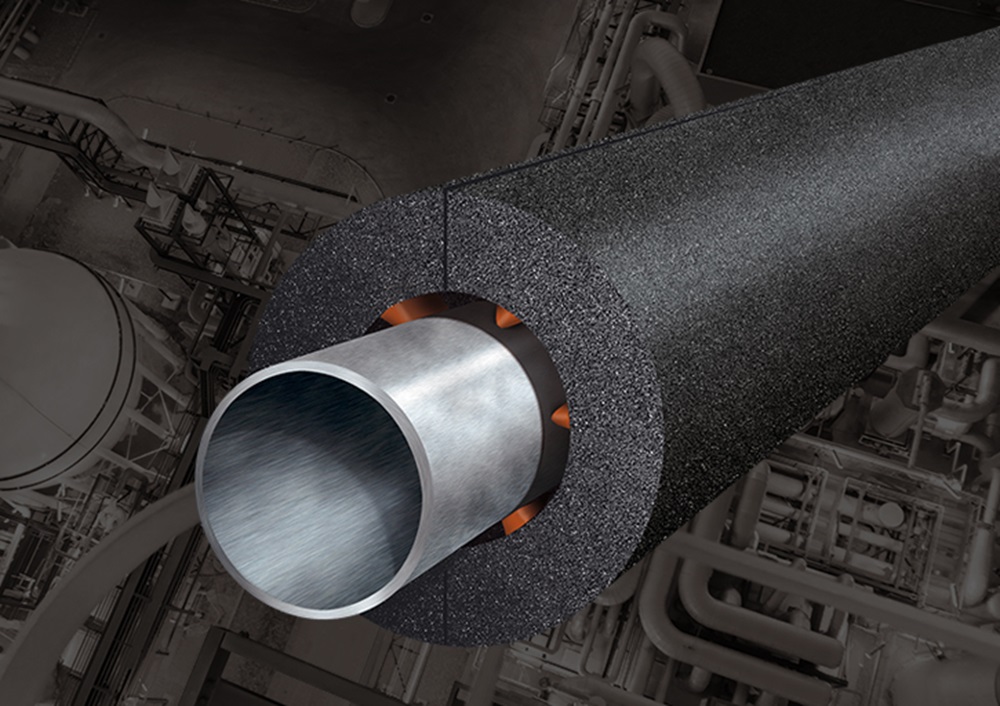
Corrosion related failures at processing facilities are a major source of risk to offshore oil & gas installations, so it is vital for the industry to do whatever is possible to minimize the formation of corrosion.
Corrosion is a major cause of economic loss in all industrial countries, particularly in offshore or coastal environments. To give an idea of the scale of the problem, it is estimated that the overall cost is approximately 4% of the gross national product of economies.
There is general acceptance by the offshore oil and gas industry that corrosion is an important safety issue. Corrosion related failures at processing facilities are a major source of risk to offshore oil & gas installations, so it is vital for the industry to do whatever is possible to minimize and prevent the formation of corrosion.
Moisture ingress into conventional insulation materials usually results in accelerated corrosion of the underlying steel surface, which can lead to structural failure of insulated items such as pipes and vessels. If such equipment is operating under high pressure then the potential for a catastrophic failure poses a real threat to the safety of the facility and workers, not to mention the environment.
The main issues that promote corrosion under insulation are the deterioration of joints, joint sealants, inadequate maintenance of metallic cladding, and the use of fibrous insulation materials. With fibrous insulation materials, the insulation can often contain significant moisture before it is even applied, even where ‘water repellent’ fibres are used. The insulation will have absorbed humidity from the atmosphere and could even have been exposed to marine rain or salt-containing spray. Simply applying these materials and sealing them in will introduce moisture into the area around the pipe.
External corrosion is caused by the ingress of water containing chloride from the environment. This results from seawater deluge, rain, practices such as the washing of decks with sea water or poor condensation control. Moisture can be absorbed or retained within the insulation system which will result in the formation of corrosion if not drained in time.
The simple conclusion is that you need to keep water out of insulation systems to prevent CUI. One of the most effective ways of doing so is through the introduction of closed-cell insulation materials together with an applied flexible coating to provide a seamless weatherproof membrane – which will mitigate possible water ingress and retention.
But, it’s a generally accepted fact that in the long run water or moisture ingress can’t always be avoided and steps need to be taken to limit the consequences. The most optimal way to counter this is to create a non-contact insulation system by creating a cavity between the pipe and the insulation.
FOAMGLAS® cellular glass insulation is a 100% closed-cell, impermeable insulation material that can be used from -268°C to +430°C, and so is widely used for both cryogenic as well as hot systems. Its uniquely 100% closed-cell nature is the reason why, over a decade ago, Statoil and the Norsok standards started promoting cellular glass insulation as a key part of their CUI prevention strategy.
The new FOAMGLAS® Insulation Spacer system consists of cellular glass insulation in combination with high temperature silicone spacers. The addition of spacers on the inside of the insulation creates an air gap so that water can not accumulate between the insulation and the pipe. The system enables you to drain any water or moisture out of the system with a drainplug. It also provides the opportunity to compartmentalize your system to limit the flow of moisture to just one section which can easily be drained.
The system is a completely prefabricated which means that you don’t have to struggle with installing spacers on-site. The spacers can be factory-applied on all available FOAMGLAS® insulation products like pipe shells, fittings and even pieces for equipment insulation. This ensures a fast and easy application without the need to spend extra time during the installation. This means that labour costs will remain unchanged.
Multiple operators of on- and offshore facilities in the North Sea have learned about the benefits of the FOAMGLAS® Insulation Spacer system and have implemented it in their facilities. They have started to realize the benefits in CUI mitigation and increased long-term thermal efficiency.
The silicone spacer and silicone strips are molded from high temperature, high-performance silicone. These molded support elements are used in the FOAMGLAS® Insulation Spacer System. Shape of spacer and strip specifically designed to help mitigate risk of CUI.
The PC® Silicone Strip is a high temperature silicone molded strip used to fill the spacer air gap between the pipe and the bore of the insulation section to create water stops at supports, protrusions and terminations in the FOAMGLAS® Insulation Spacer System.
The PC® Silicone Spacer is a high temperature, silicone molded support element used in the FOAMGLAS® Insulation Spacer System.


